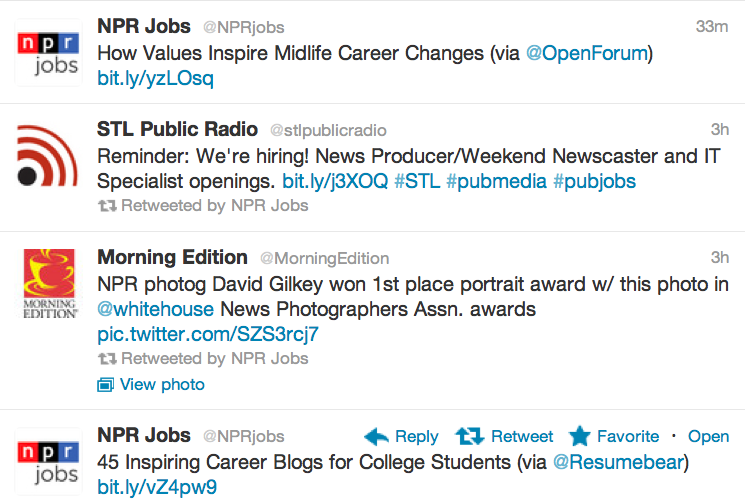I support OSHA’s temporary worker focus. Employers need to take more steps to ensure that temporary employees don’t fall through the cracks and do not receive adequate safety training.
However, employers should also make long-term plans based on what the initiative tells us more broadly about where workplace enforcement is heading.
Let’s break our discussion into two subjects:
- The helpful new OSHA Bulletin On Temporary Worker Injury and Illness Recordkeeping Requirements indicates a more expansive view of Temp Agency and Employer obligations.
- The Temporary Worker Initiative is merely one example of regulator discomfort with the new workplace where investors drive companies to focus on “core competencies” and use suppliers, contractors, temps and management services to perform work previously done by “their own employees.” We may see the concepts of “employee,” “joint employer” and “employer” eventually turned on their heads. Much of this discussion will be in future posts.
Responsibilities of Temp providers
Most of the Occupational Safety and Health Administration’s focus is rightly on the “primary employer,” who supervises the temp employee. However, the Recordkeeping Bulletin also emphasizes that OSHA views providers as retaining at least some safety responsibility.
The Bulletin begins:
Typically, the staffing agency and the staffing firm client (also known as the Host Employer) are joint employers of those workers. Both employers are responsible to some degree for determining the conditions of employment and for complying with the law.”
Although the Bulletin terms the relationship between the temp provider and primary employer to be “joint employers,” OSHA’s use of this term differs from its use in other context.
OSHA explains the recognized rule that the party who supervises the employee has injury and illness record keeping responsibility:
Injury and illness record keeping responsibility is determined by supervision. Employers must record the injuries and illnesses of temporary workers if the supervise such workers on a day-to-day basis. Day-to-day supervision occurs when “in addition to specifying the output, product or result to be accomplished by the person’s work, the employer supervises the details, means, methods and processes by which the work is to be accomplished.”
OSHA also explains that the presence of a Temp Agency person on site (probably for administrative purposes) does not alone shift record keeping responsibility:
While the staffing agency may have a representative at the host employers work site, the presence of their representative does not necessarily transfer record keeping responsibilities to the staffing agency. As long as the host employer maintains day-to-day supervision over the worker, the host employer is responsible for recording injuries and illnesses.”
Shard responsibility for non-supervising employer
OSHA’s next point is where things begin to get more interesting:
The non-supervising employer (generally the staffing agency) still shares responsibility for its workers’ safety and health. The staffing agency, therefore, should maintain frequent communication with its workers and the host employer to ensure that any injuries and illnesses are properly reported and recorded. Such communication also alerts the staffing agency to existing workplace hazards and to any protective measures that need to be provided to its workers. Ongoing communication is also needed after an injury or illness so the recording employer can know the outcome of the case.”
Obviously, staffing services must maintain communications with their employees for record keeping purposes – largely an administrative function – but providers largely assume that they have handed off all other safety responsibilities to the primary employer. So how actively is the Temp Agency supposed to monitor whether its “employees” are exposed to hazards or receive the necessary training and PPE (personal protective equipment)?
More citations for providers AND employers?
The Bulletin explains that the Agency and provider must maintain systems to communicate back and forth, so that the provider can report injuries, but also so that the provider can alert the primary employer about injuries which suggest hazards or patterns. I am not sure that currently providers are putting much conscious thought into the latter process.
In a traditional “multi-employer” setting, such as construction, a sub-contractor has a duty to protect its employees from hazards created by other site employees, up to an including pulling them from the site. The temp provider has some level of the same responsibility.
Are we going to start seeing more OSHA citations against both the primary employer and the provider because the provider didn’t meet its obligation to detect and respond to hazards facing the employees it provided? I don’t know, but it would behoove providers to think through this concern.
This was originally published on Fisher & Phillips’ Workplace Safety and Health Law Blog.
